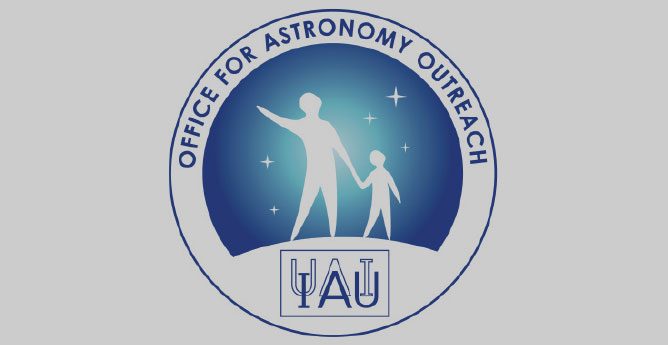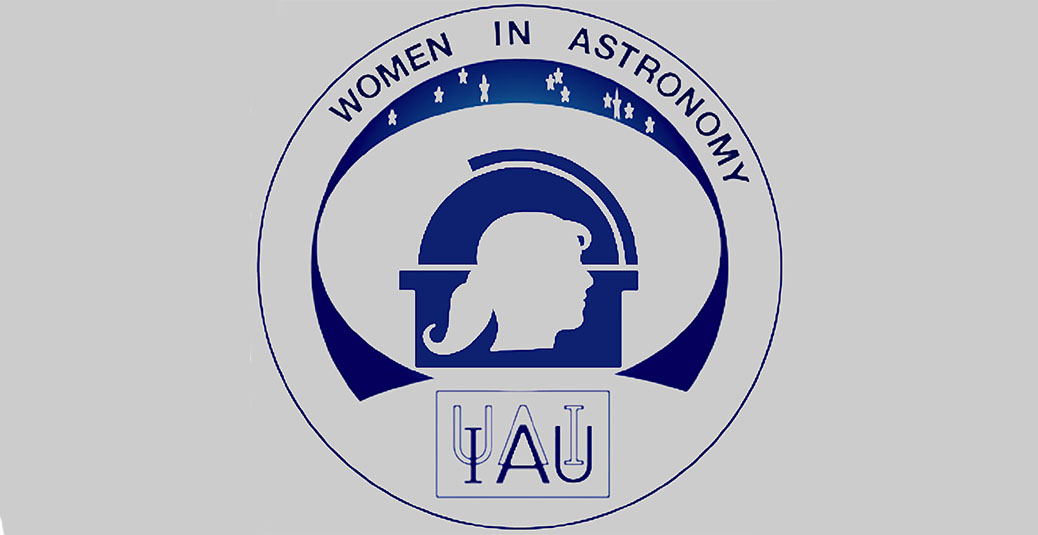- News
- Science
- Scientific Bodies
- Divisions
- Commissions
- Commission A1 Structure
- Commission A2 Structure
- Commission A3 Structure
- Commission A4 Structure
- Commission B1 Structure
- Commission B2 Structure
- Commission B3 Structure
- Commission B4 Structure
- Commission B5 Structure
- Commission B6 Structure
- Commission B7 Structure
- Commission C1 Structure
- Commission C2 Structure
- Commission C3 Structure
- Commission C4 Structure
- Commission C5 Structure
- Commission D1 Structure
- Commission E1 Structure
- Commission E2 Structure
- Commission E3 Structure
- Commission E4 Structure
- Commission F1 Structure
- Commission F2 Structure
- Commission F3 Structure
- Commission F4 Structure
- Commission G1 Structure
- Commission G2 Structure
- Commission G3 Structure
- Commission G4 Structure
- Commission G5 Structure
- Commission H1 Structure
- Commission H2 Structure
- Commission H3 Structure
- Commission H4 Structure
- Commission J1 Structure
- Commission J2 Structure
- Commission J3 Structure
- Commission X1 Structure
- Commission X2 Structure
- Past Commission Organising Committees
- Working Groups
- Centres
- Scientific Meetings
- Rules & Guidelines
- General Assemblies
- Meeting Proposals
- Future IAU Meetings
- General Assemblies
- EC Meetings
- Officers' Meetings
- Regional Meetings
- Symposia
- Focus Meetings
- Institutional Meetings
- IAU Offices Meetings
- IAU-Sponsored Meetings
- Letters of Intent submitted for 2024
- Letters of Intent submitted for 2023
- Letters of Intent submitted for 2022
- Letters of Intent submitted for 2021
- Letters of Intent submitted for 2020
- Past IAU Meetings
- Templates
- Other Meetings
- Grants & Prizes
- Scientific Bodies
- Publications
- IAU Publications
- IAU Strategic Plan
- Symposia
- WGSBN Bulletins
- Regional Meetings
- Information Bulletins/Catalyst
- E-Newsletters
- Focus Meetings
- Transactions A
- Transactions B
- Related Publications
- GA Newspapers
- CAPjournal
- IAU Books
- Brochures
- IAU Offices
- WG Reports
- Commission Reports
- Division Reports
- Past IAU Publications
- Rules, Guidelines and Instructions for Proceedings
- Publishers
- IAU Publications
- Administration
- About the IAU
- Statutes & Rules
- IAU Policies
- IAU Executive Bodies
- IAU Secretariat
- Resolutions
- Members Administration
- Administrative Dates & Deadlines
- International Organisations Relations
- Donate to the IAU
- Training in Astronomy
- Astronomy for Education
- Astronomy for Development
- Astronomy for the Public
- Office for Astronomy Outreach
- FAQ
- Themes
- Satellite Constellations
- Astronomy in Everyday Life
- How to Report a Discovery
- Careers in Astronomy
- Defining our Place in the Cosmos
- The Constellations
- Light Pollution
- Measuring the Universe
- Near Earth Objects
- How to Participate in Astronomy Research
- Naming of Astronomical Objects
- Naming of Exoplanets
- Buying Star Names
- Naming Stars
- Pluto and the Solar System
- IAU Member Statistics
- Our Moon: the Moon
- Meteors & Meteorites: The IAU Definitions of Meteor Terms
- UNESCO-IAU Portal to the Heritage of Astronomy
- Social Media
- Past Events
- Call for Online Resources
- Astronomy@Home Awards
- Contact
IAU Focus Meetings (GA)
FM 15: Search for water and life's building blocks in the universe
Start date/time
August 3, 2015
End date/time
August 5, 2015
Place
Honolulu,
United States
Contact
Sun Kwok
sunkwok@hku.hk
Event website
http://www.scifac.hku.hk/event/FM15/
Coordinating Division
Division F Planetary Systems and Astrobiology
Other Divisions:
H
Co-Chairs of SOC:
Sun Kwok (University of Hong Kong)
Edwin Bergin (University of Michigan)
Topics
- Astronomical observations of water
- Water in the early solar system (disks, observations & models)
- Water in comets and asteroids
- Water on the moon, Mercury and Mars
- Water in exoplanetary systems
- Water in interstellar clouds, circumstellar envelopes, and external galaxies
- Laboratory studies of interstellar water ice analogues
- Synthesis of organic matter in stars and in the interstellar medium
- Organic chemistry in the solar nebula
- External delivery of water and organics to Earth and implications on the origin of life on Earth
Rationale
Background
Water is the common ground between astronomy and planetary science as the presence of water on a planet is universally accepted as essential for its potential habitability. Here we propose a focus meeting on the origin of water and the role that it plays is emergence and development of life-enabling organics. This meeting will be of great value to our astronomy community and to bioastronomy. Such a meeting will enable cross-pollination of ideas by bringing together scientists from different disciplines to foster discussion on the currently outstanding problems on the origin of water, its universal cycle, and its contribution to life, and bioastronomy.
Water in gaseous form acts as a coolant that allows interstellar gas clouds to collapse to form stars, whereas water ice facilitates the sticking of small dust particles that eventually must grow to planetesimals and planets. Its many excitation modes (vibrational/rotation) lead to its widespread use as an astrophysical probe of the gas physics and water content. On the surface of our planet the development of life requires liquid water and even the most primitive cellular life consists primarily of water. Water assists many biological chemical reactions leading to complexity by acting as an effective solvent. It shapes the geology and climate on rocky planets, and is a major or primary constituent of the solid bodies of the outer solar system.
Additional to water two more requirements for life as we know it are organic compounds and free energy. Carbon is a key element in the evolution of prebiotic material. Our understanding of the evolution of organic molecules and their journey from molecular clouds to the early solar system and Earth provides important constraints on the emergence of life on Earth and possibly elsewhere. Astronomical observations have shown that carbonaceous matter is ubiquitous and a significant number of molecules that are used in contemporary biochemistry on Earth are found in interstellar and circumstellar regions as well as protoplanetary environments. Currently ~180 molecules have been detected in the interstellar and circumstellar gas. Circumstellar envelopes, regarded as the largest factories of carbon chemistry in space, are where small carbon compounds are converted to larger species and into solid organic compounds with mixed aromatic/aliphatic structures. During the formation of the solar system, this interstellar organic material was chemically processed and later integrated in the presolar nebula from which planets and small solar system bodies formed. The large quantities of extraterrestrial material – both water and organics – delivered to young planetary surfaces may have played an important role in life’s origin.
Results from recent space missions, in particular Spitzer and Herschel, have led to significant progress in our understanding of the formation and transport of water from clouds to disks, planetesimals, and planets. This has been aided by new work on the laboratory study of the relevant phases of water. In the local neighborhood the characterization of extra-solar planetary systems has also become a major focus of astronomical study. In 2015 the more complete Herschel legacy will be combined with the full legacy of Spitzer to provide grounding context to new ALMA observations, which will resolve inside the planet-forming region of nearby disk systems. At this time astronomers will begin more direct conversations with the fields of planetary science and bioastronomy who have studied the chemical record of planetary birth, and the emergence of life, in our own solar system. Thus this is a truly opportune time to synthesize our understanding of water and organics in all contexts, as a probe of star formation and the joint delivery to the surfaces of terrestrial planets. In this light Honolulu is a fantastic venue given the central study of the origins of water via the University of Hawaii’s astrobiological institute.
Focus Area: Water in the Universe
Water plays a major role in star formation. When is water formed, in what state, and what information exists regarding its fate during each phase of the star formation process. A wealth of new observational data exists on water vapor and ice. We will explore our knowledge of water emission and the resulting information gained spanning from the pre-stellar phase, to the collapse phase, and the early formation of the disk.
During the phases of planetary birth the star is surrounded by a disk of protoplanetary material. Observations from a range of satellites have detected the emission from water vapor in the inner most regions of the disk, where terrestrial worlds are born, and also the colder outer parts where giant planets and icy planetesimals will form. A limited amount of data also exists regarding the detection of water ice. Sessions will explore the distribution and fate of water during the phase of planet formation and what is known about water in worlds beyond our own solar system.
Focus Area: Water and Organics in the Solar System
Water ice seems universal in space and is by far the most abundant condensed-phase species in our universe. Ultrathin water-rich icy layers cover dust particles within the cold regions of the interstellar medium. Molecular ices are also widespread in the solar system. They cover the poles of terrestrial planets (e.g. Earth, Mars) and most of the outer-solar-system satellites. Smaller solar system bodies, such as comets and Kuiper Belt Objects (KBOs), contain a significant fraction of water ice and trace amounts of organics. Beneath the ice crust of several moons of Jupiter and Saturn liquid water oceans probably exist. More broadly, comets, asteroids and their fragments, meteorites are the witnesses of the evolving carbon chemistry in space and the processes prevailing at the origin of our solar system. [Bulk hydrogen isotopic composition of CI chondrites suggest that meteorites were the principal source of Earth’s volatile with a ~10 % contribution of water ice from comets. But recent scenarios also indicate that rocky planets were all built of material that contained enough water to form oceans and atmospheres making impact sources just an add-on.]
In this session we will explore the grounding data that exists from decades of solar system studies, along with new information on solar system bodies from astronomical facilities such as Herschel and ALMA. Key laboratory constraints on the formation and structure of the water ice and its resulting absorption profile are needed information to astronomical study. Moreover new laboratory studies regarding the physics of the interaction of the solid state with energetic particles (UV photons, cosmic rays) appear to be crucial pieces of observational interpretation. Measurements of the isotopic ratios, in particular D/H, in various bodies provide perhaps the best data points to chemically constrain chemical/physical evolution in our solar system and need to be presented to a broad audience. Thus this session will bring the astronomers, laboratory astrophysicists, together with planetary scientists to begin discuss the Solar System record for both water and organics on bodies large and small. Examples include the potential location of the snow line in the solar nebula, the organic content of meteorites and the isotopic ratios, and the growing knowledge of cometary volatiles.
Focus Area: Building Blocks of Life on Earth
In these sessions we will draw the discussion together. We will discuss the development of simple organics in space to provide initial context for understanding subsequent evolution within a young planet-forming disk. On the scale of planetary systems we include a discussion of the water and organic formation in space, its transport to a forming disk, its evolution in the planet-forming disk, its delivery to forming terrestrial planets, and incorporation into giant planet atmospheres. Important areas include the potential of the disk to alter the interstellar water/organic heritage as traced by the D/H ratios and the pathways to develop significant increases in organic complexity via aqueous alteration.
Clear connections exist in this area with the dynamical evolution of young forming planetary systems. Here we will highlight growing evidence that the early solar system was highly chaotic and the architecture of extra-solar planetary systems leaves strong hints of dynamical interactions; these strongly influence the water content of forming rocky and gaseous worlds. In this regard, the statistics and overall architecture of exoplanetary systems must be viewed as grounding information on these processes. Additional advances include growing knowledge of the composition of atmospheres of extra-solar gas giants, which may be influenced by the variable phases of water in the protoplanetary disk. In this light the various potential source terms for volatile delivery (comets, asteroids, internal to the Earth) will be presented along with a discussion of the early development of life on the Earth. This summary session, presented to a wide audience, aims to foster new insights into the study of our own origins.
Summary
This proposed focus meeting is highly interdisciplinary in nature. The venue of the GA IAU in Hawaii will bring a large audience and we hope to bring different (solar system, stars, interstellar medium, and laboratory physics/chemistry) communities together to discuss this exciting topic “water and organic compounds in the Universe.” The program below is drafted as a mixture of reviews, invited topical contributions, and contributed talks to allow for new and exciting results.
A tentative list of topics of invited talks and names of possible invited speakers are given below. The six proposed topical sessions will include four invited (30 minutes) and four contributed (15 minutes) talks. We will encourage the participation of the poster sessions and discussions during the meeting.
Comments on overlap: We are aware of the proposal for an FM being submitted by D. Bockelee Morvan on the topic of "Highlights in the Exploration of Small Worlds" which will provide in-depth and exciting first new results from several missions to small icy bodies. There will be some slight but complementary overlap in some of the topics between these two FMs that will serve as an excellent means of tying the topics of these two FMs together and providing a smooth transition between GA attendees that wish to attend both. The proposed FM on Water/Organics provides a broad and cutting edge overview of the topic from the ISM to life, whereas the FM on small bodies gives a detailed look at current missions related to small bodies that will be of interest to the whole GA. By having both FM we capture the global view and connections to many disciplines along with some fascinating details of interdisciplinary interest.

















